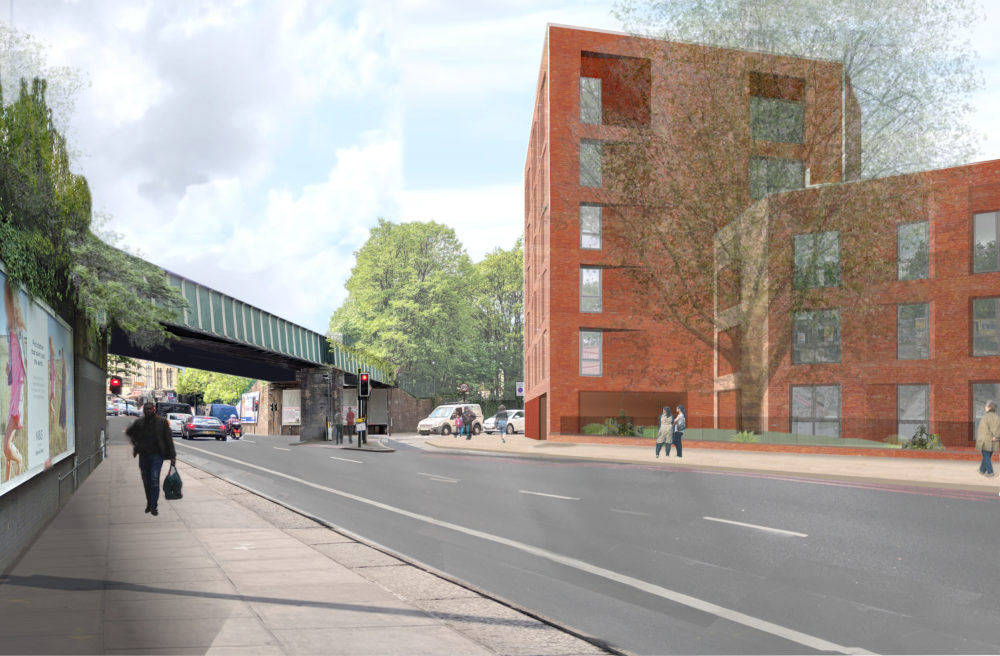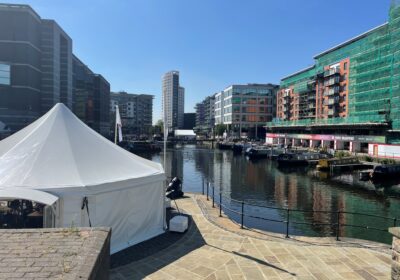Last week, I touched on some of the problems with house building. This week, I wanted to share some solutions.
The planning system doesn’t mediate well between outside and insider interests. Why – because we ask too much of it and give it too little time and resource. The result, everyone is unhappy.
Fortunately, this can be addressed without a total re-boot. An area’s Local Plan is arguably the most meaningful document produced by a Local Authority. It sets the direction for growth. It also seeks to protect and enhance the character of our neighbourhoods whilst managing the tension between existing and future residents.
Yet I remember back when I was a local Councillor being struck by how few people meaningfully participate in its formulation. A handful at most, and not even all an area’s local Councillors understand its implications!
It takes too long
Too often, the local plan formulation is an underwhelming exercise, laborious in its formulation and illegible in its purpose. It takes too long; sometimes spanning several political cycles with the can being kicked constantly down the highway.
This can change if more focus is applied to the front end. Imagine a Government willing to make meaningful new resource available to help fund Councils to deliver genuinely participatory local engagement exercises.
In return for financial support, Local Plans would need to be able to demonstrate high degrees of involvement as a necessary requirement. Councils would also make commitments on time – bringing an end to the cycle of delays and foot dragging which plague some of our towns and districts.
Local Plans are the infrastructure maps of Great Britain. If we get them right, they not only will provide better environments for us to live, but they will also provide greater certainty for investment and long-term planning of present and future housing need. The public investment is well worth the price.
Once an area’s plan has been adopted, any planning application should be considered acceptable in principle subject to detailed design and a demonstration of housing need. Committees would only hear applications where a substantial number of residents have objected; or an application is considered in breach of a Local Plan. It should not be the case that everything is heard.
The role of national policy
Turning to national planning, this need not be voluminous. Its role should be setting the direction but then devolving as much as possible to the local. Where national planning should help is in two ways. First, within range of public transport, there must be a clear and unambiguous guidance on high density. Not towers, but substantial uplifts in built footprint to ensure we make the most of land.
Second, national planning should set the number of homes a local area might need. Clear and simple data assessments based on demographics and economic growth should form the basis. This then frees up the Local Authority to decide on where the growth will fall and where the opportunities and constraints might lie.
Getting it right
Local plans are unsexy. However, they are akin to the grid. They provide the aegis for the country to safe guard its most cherished assets whilst meeting the needs of the future.
Too often, decisions on where housing and other uses are placed do not enjoy the benefit of joint working between politicians, officers, residents and community groups. Place more emphasis on the front end, and we will get a better outcome for all.





